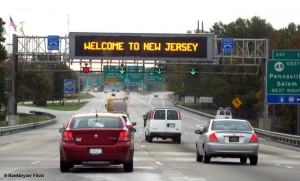Transportation
Transportation and land use are inextricably linked in two important ways.
First, transportation investments and policies influence development patterns. When commercial development stretches out along highway corridors, it encourages residential development, which increases traffic and creates demand for new streets and highways, which attracts more commercial development. As this cycle continues, precious open space disappears, increased demand for energy, water and sewer service requires costly investment in infrastructure, and new burdens are placed on our natural resources.
Second, development patterns shape travel patterns. People who live in the suburbs tend to be further removed from their jobs, especially as cities have revitalized as employment centers. Transit is often not an option, because train stations are generally located in cities and town centers. Low-density suburban subdivisions discourage walking or biking to schools, stores, even to the gym. This renders many suburban residents almost entirely dependent on the automobile—which in turn leads to traffic congestion, heightens demand for fossil fuels that increase greenhouse gas emissions, and social isolation of those who are not able to drive everywhere.
- Bicycle and Pedestrian
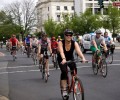
Riding a bicycle or walking represents an affordable and convenient way to get around, particularly for short distances, and travel by bike or foot can also help people get more active.
- Land-Use Solutions
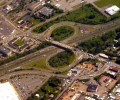
Because transportation and land use are so intertwined, often the best and least expensive solution to a transportation problem is a solution that incorporates broader land-use issues.
- Transit Issues
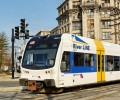
Public transportation is a critical component of smart growth. By allowing people to travel without a car, transit supports vibrant, walkable communities that are designed for people, not cars.
- Transportation Funding
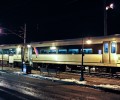
How and where we invest in our transportation infrastructure has a major impact on growth and development patterns in the state.
- Transit-Oriented Development
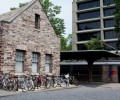
Elements of good transit oriented development include pedestrian-friendly design, a mix of compatible uses, connectivity to the surrounding community and a mix of housing options.

